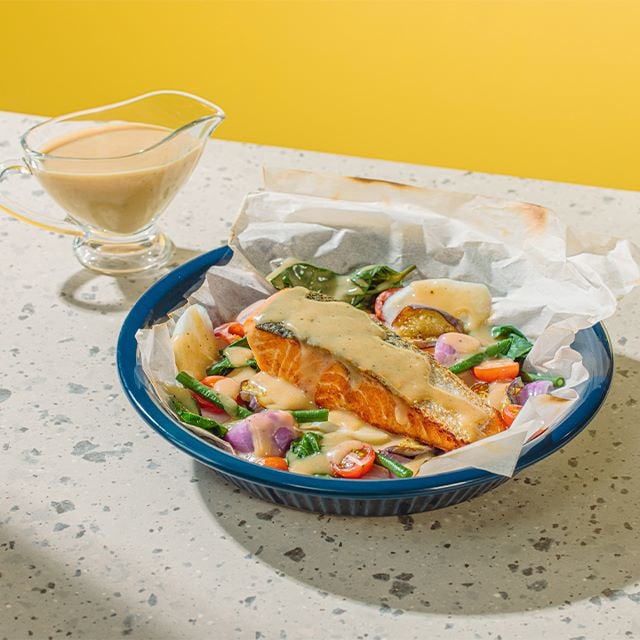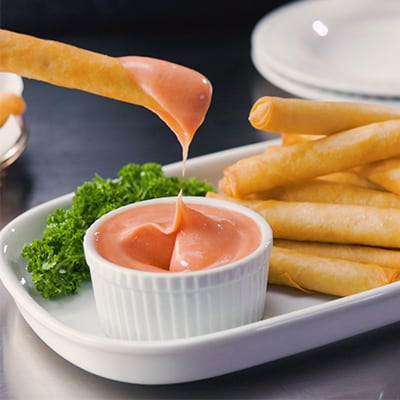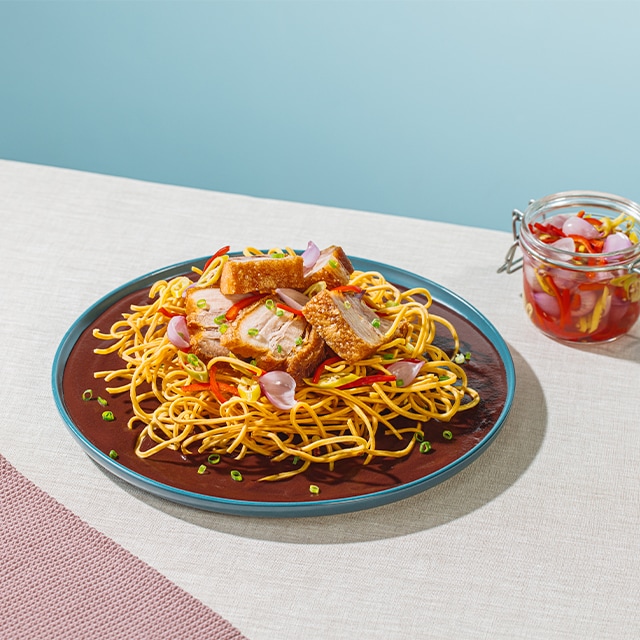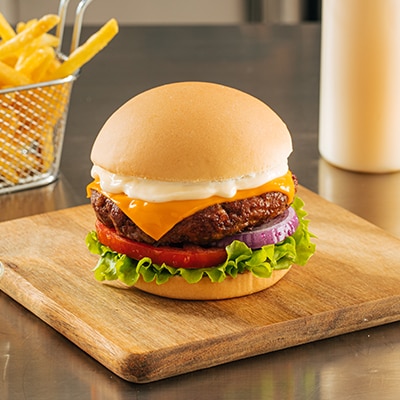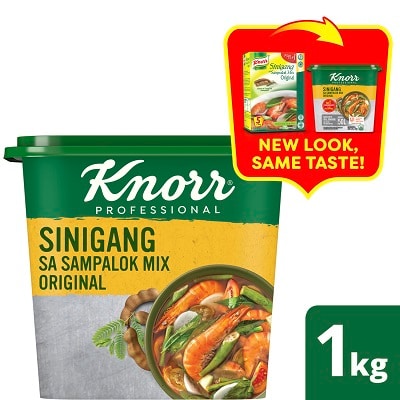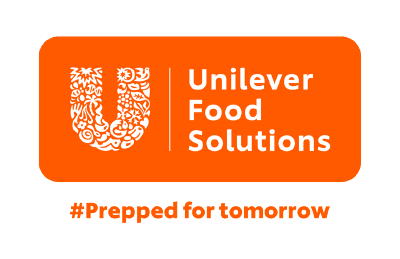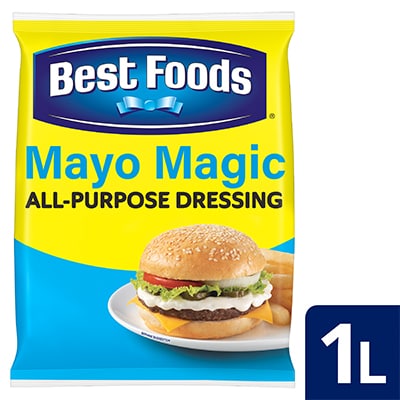A Guide to Food Costing and Determining Selling Prices
Is your restaurant charging too much or too little? Accurate food costing helps you price right and boost long-term profitability.
Determining correct menu prices is crucial for success in the competitive restaurant industry. It’s not just about covering costs; it’s about finding that sweet spot where your dishes are profitable yet appealing to customers. Achieving this delicate balance requires precision – and a good deal of time spent with spreadsheets and calculators. This guide offers valuable tips and strategies to help you manage your expenses, maximize your margins, and keep your finances healthy.
What Is Food Costing?

Food costing is the systematic process of calculating the total cost of ingredients used in preparing a dish or menu item. It does not cover other costs, such as labor and overhead. This practice is essential for food businesses of all types and sizes, as it informs effective pricing strategies and ensures profitability.
The Importance of Counting Costs

Food costing directly influences how you price your menu and manage your expenses. By monitoring ingredient costs, you can uncover valuable insights to inform your business strategy and attain long-term success.
Here are reasons tracking food costs is essential:
- Determines the food cost incurred for each recipe to assess potential earnings.
- Ensures you meet food costing targets and accurately price your dishes.
- Manages budgets and identify areas for cost reduction.
- Studies competitor pricing strategies in relation to industry benchmarks.
- Strengthens supplier relationships to secure better pricing and terms.
- Enhances financial forecasting and planning for future growth.
- Identifies profit margins for each menu item to guide promotions and selling techniques.
- Ensures overall financial health and sustainability of the business.
Food Costing Tools
Food costing may appear challenging initially, but with the right tools, you can build a strong financial foundation for your business.
- Standard recipe: Develop standard recipes to guide your kitchen staff and facilitate accurate food cost calculations based on the required servings.
- Up-to-date ingredient costs: Regularly check ingredient prices to ensure your costing follows current market conditions.
- Recipe cost sheet: Create a detailed recipe cost sheet that includes current unit costs, actual ingredient costs, and cost per portion. This sheet is crucial for setting selling prices and making future cost reductions.
Calculating Recipe Cost
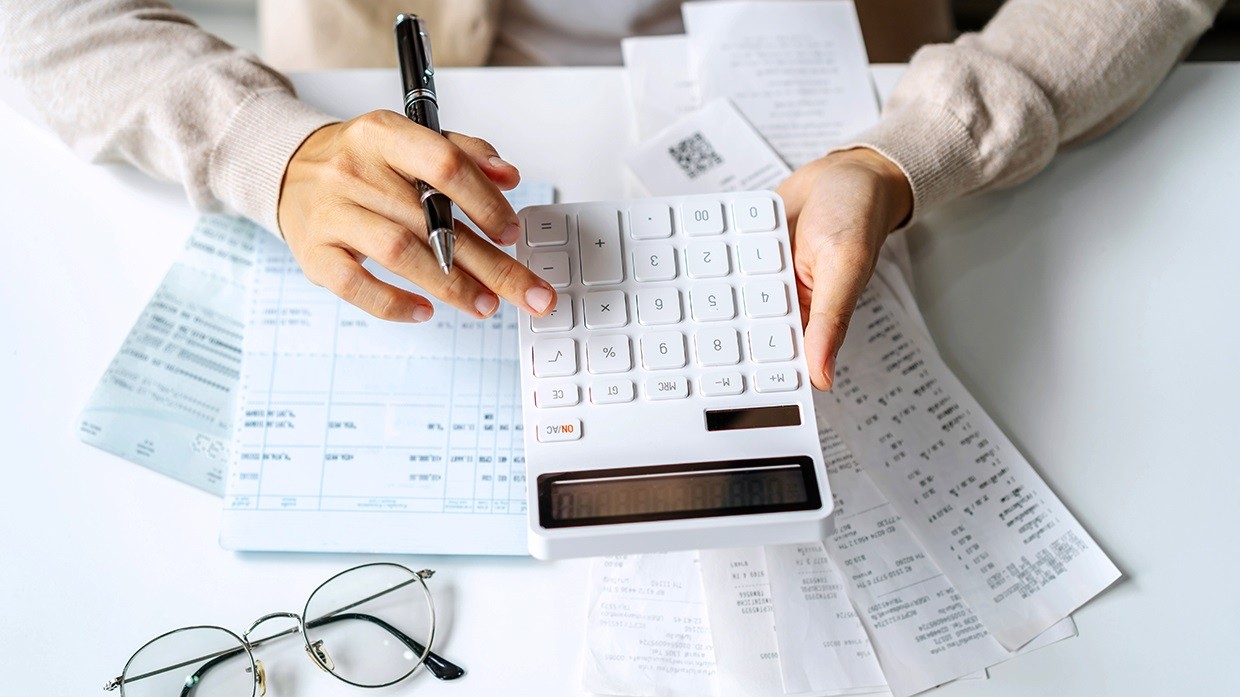
Follow this step-by-step guide to calculating the food cost for each standard recipe:
- Fill out the recipe costing sheet, using the standard recipe as your base and referencing a current price list.
- List the latest purchase costs, indicating the most recent prices for each ingredient.
- Compute the actual cost of each ingredient.
- Add the actual cost of all ingredients to get the total recipe cost.
- Divide the total recipe cost by the number of portions to get the cost per portion.
Recipe Cost Sheet
Create a recipe cost sheet for each dish to record all important details. This sheet serves as an extension of your standard recipe, providing crucial costing information to inform your pricing strategy. Here is an example:

Selling Price
Once you have your food costs, you can determine the selling price of your dishes. Use this basic formula:
Selling Price = (Food Cost + Labor Cost + Overhead Cost) + Profit
Your selling price should include all costs plus the profit you would like to earn.
Food Cost Percentage
Food cost percentage can differ significantly across various food businesses, typically ranging from 30% to 45% of the selling price. To accurately calculate this percentage, consider other factors, like labor costs, overhead expenses, and your desired profit margin.
Food Costing in Practice
Here’s an example of finding the selling price of a dish:
- A restaurant aims for a food cost percentage of 33%.
- A new recipe has a calculated food cost of ₱25 per portion.
- Applying the 33% rule: Selling Price = ₱25 ÷ 0.33 = ₱75.75
Ways to Control Food Cost
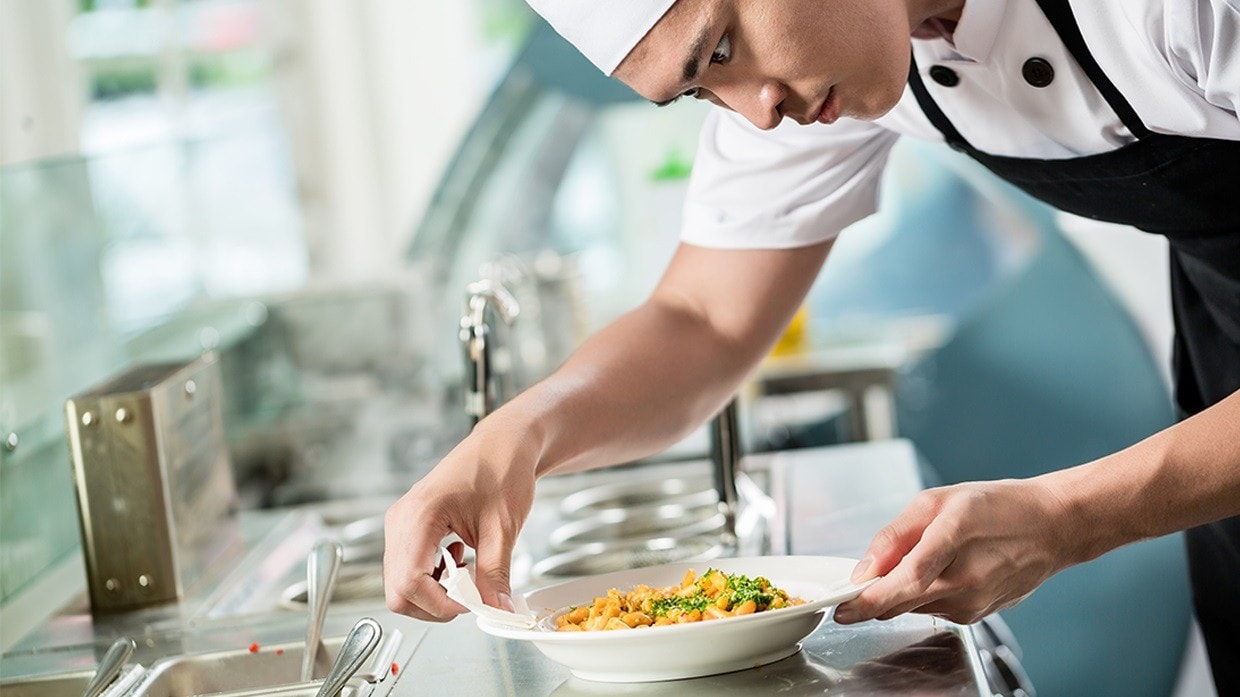
Here are effective strategies to manage your food costs without affecting product quality and customer satisfaction:
- Conduct menu engineering: Analyze menu items based on profitability and popularity. Push high-margin dishes and consider removing low-performing items.
- Implement portion control: Standardize portion sizes to ensure consistency and prevent over-serving.
- Manage inventory effectively: Track inventory levels and regularly assess stock to avoid over-purchasing and spoilage.
- Negotiate with suppliers: Build relationships with suppliers and negotiate prices. Look for bulk-purchasing discounts or alternative suppliers for better rates.
- Utilize seasonal ingredients: Use seasonal produce and ingredients, which are typically more affordable and fresher.
- Reduce waste: Implement practices to minimize food waste, like using leftovers and ensuring proper storage techniques.
- Train your staff: Provide training for your FOH and BOH teams on food costing and waste management techniques.
- Utilize technology: Invest in kitchen management software to streamline ordering, inventory tracking, and sales analysis.
Meeting your food costing targets sustains your bottom line. Implement these strategies to reduce expenses and stay on top of your restaurant’s financial performance. With a solid understanding of food costing and efficient management practices, you can ensure profitability while still offering memorable dining experiences.
Related Products
Product added to list
Unable to add product to list
Product removed from list
Unable to remove product from list
What you'll get:
- Access to free Chef trainings
- The best recipes and tips from Chefs around the world
- The latest culinary trends
